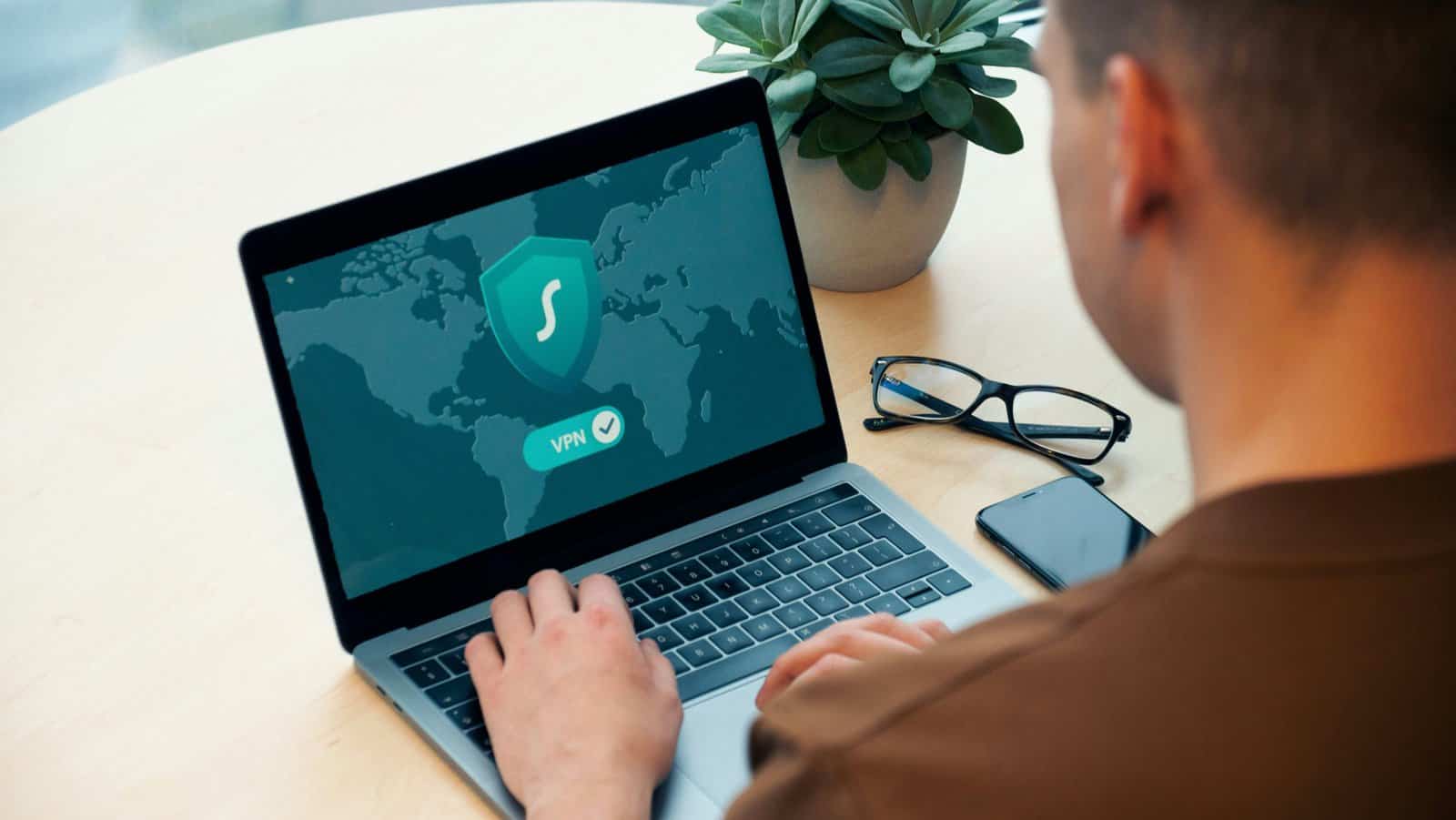When it comes to dangerous activities, blogging would be at the bottom of the list. Unless you have a blog about your progress in extreme sports. Trying to one-up your progress for every article would keep you on thin ice!
Jokes aside, blogs are, in fact, dangerous. But not in the traditional sense. They attract a special kind of danger – cybercriminals. Hackers and scammers are always trying to breach websites. The moment your blog goes live is the moment your data becomes endangered.
Like most bloggers, you’re probably unaware of where your site is the most vulnerable. You could be leaving a wide-open digital door. You don’t want cyber thieves to sneak in, steal your data, and vanish.
Here’s a list of 3 cybersecurity threats that every blogger should know about. Plus, you’ll see some tips on how to make your blog safer.

Data Theft
Back when the internet didn’t look like a giant shopping mall, nobody thought our email addresses would be valuable. Now, they’re worth a lot of money to hackers. Cybercriminals want to get their hands on your email, real name, IP address, phone, and credit card numbers. The more info they get on you, the easier it will be for them to steal your identity, impersonate you, or make your life a nightmare.
The same thing is true about people who interact with your blog. If they subscribe to your newsletter or leave a comment, they want their data to be safe. A data breach can ruin your reputation and destroy your followers’ trust.
If you plan to share many personal stories, using a pseudonym is a good idea. Maya Angelou, Dr. Seuss, and Snoop Dogg don’t use their real names. Create a new email with your alias so that if a hacker attacks, they’ll get a lot of made-up information.
Use a virtual private network or a proxy server if you don’t want to go that route. The VPN will encrypt your data and replace your IP address with another one. Hackers don’t have a way to unlock encrypted data, which means you’ll be safe. But even a VPN could accidentally leak your data if you don’t have a reliable provider. Perform a DNS leak test from time to time to make sure all of your information is kept under lock and key.
Malware
Malware – it’s software created to harm your device or data. Many types of malware exist in the digital world, such as spyware, Trojans, viruses, ransomware, worms, and more. Every threat is sneaky and invisible unless you have an antivirus program. Socially engineered phishing is the most popular method of getting malware on your device. But there’s also torrenting, using unsecured networks, or unchecked hardware.
Ransomware is by far the worst malware type. It can take control of your phone, laptop, or computer. But the problem doesn’t stop there. Hackers can use it to demand ransom to give back control. They use any method at their disposal:
- Encrypting your data
- Locking you out of your device
- Deleting files
- Threatening to sell your data on the black market
All it takes is a single download. Hackers can pretend to be your fans and comment or email you to establish trust. You need to download one PDF or Microsoft Office file and lose control of your blog. Ensure you enable firewalls and invest in a trusted antivirus program to detect such threats instantly.

Phishing Attacks
Phishing usually goes hand-in-hand with malware. But it doesn’t have to. Everyone using the internet can fall victim to phishing, especially with the advent of artificial intelligence. Scammers can use a sample of your voice or video footage to create deepfakes and fool your closest friends and family members.
Statistically, close to 90% of all cyberattacks happen due to phishing. You get an email from an “official” site claiming you must renew your subscription. You click the link, enter your data, and get charged for the specified amount. However, hackers can mirror official websites and pretend to be the sender.
For example, you’ll get a scam email from ‘support@vvordpress.com’ or ‘john@wordprress.com,’ and your data will be in the wrong hands if you enter it. Phishers can also pretend to be legitimate contacts and lure you into downloading files.
To combat phishing, you must know it exists and can happen anytime. Use your common sense. Don’t fall for panic emails, double-check senders, and don’t download files by default. Stay on top of cybersecurity trends and learn the best practices for online safety.